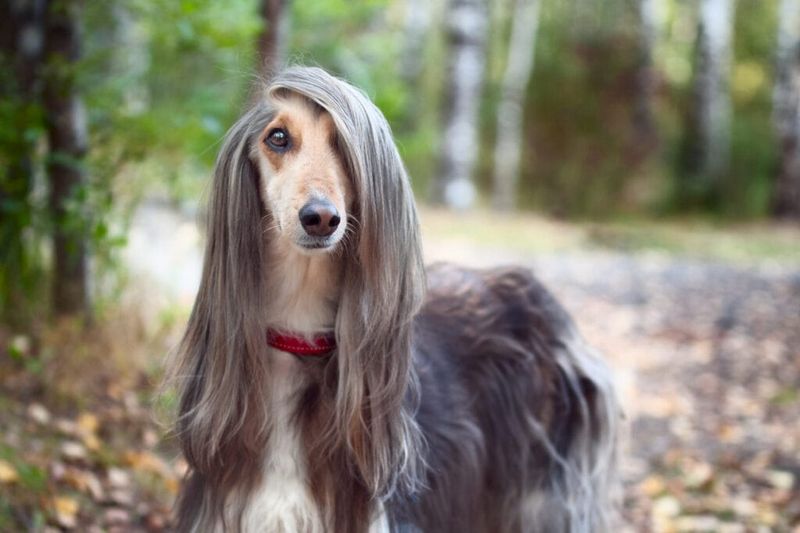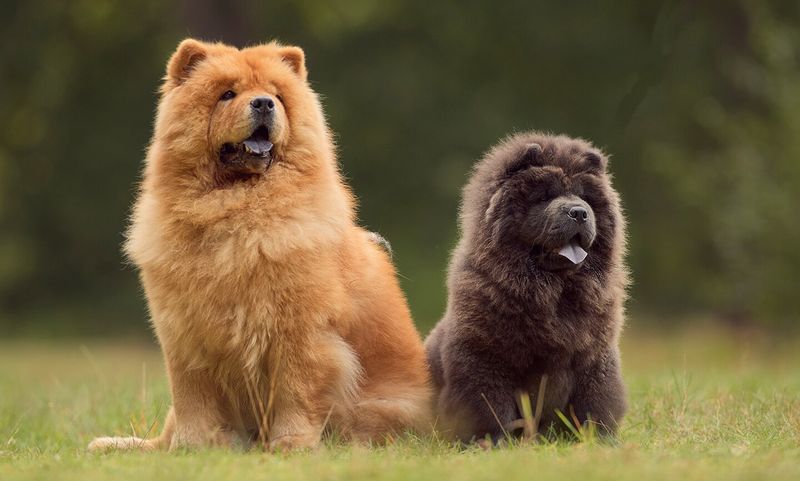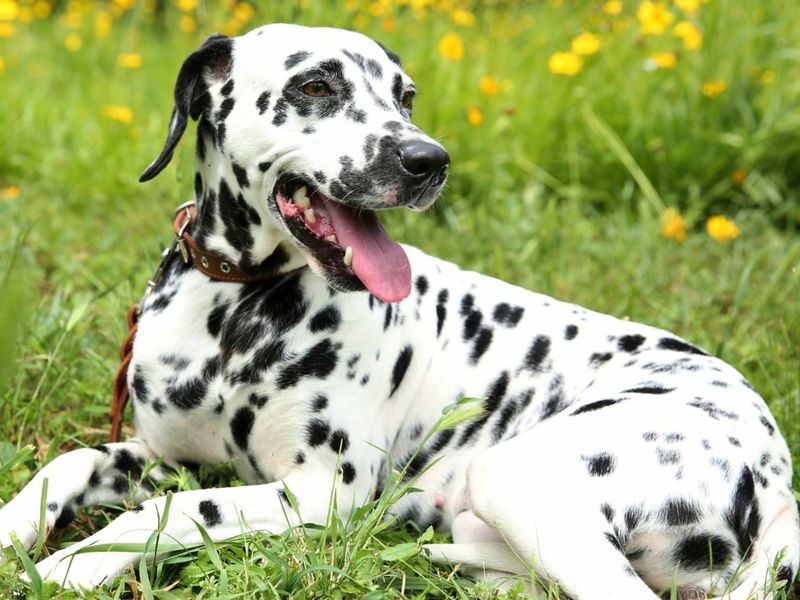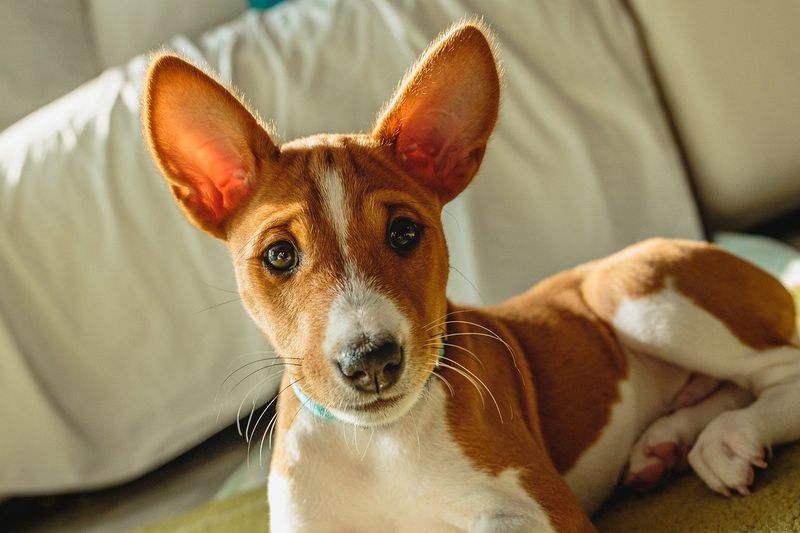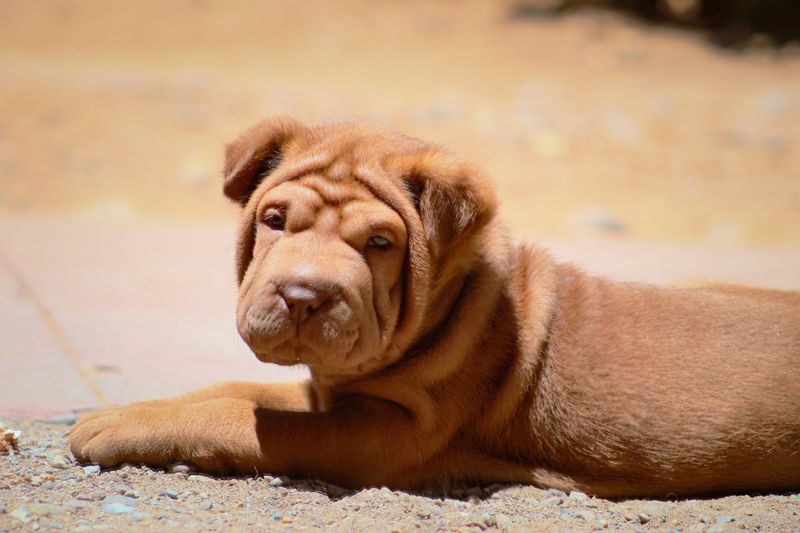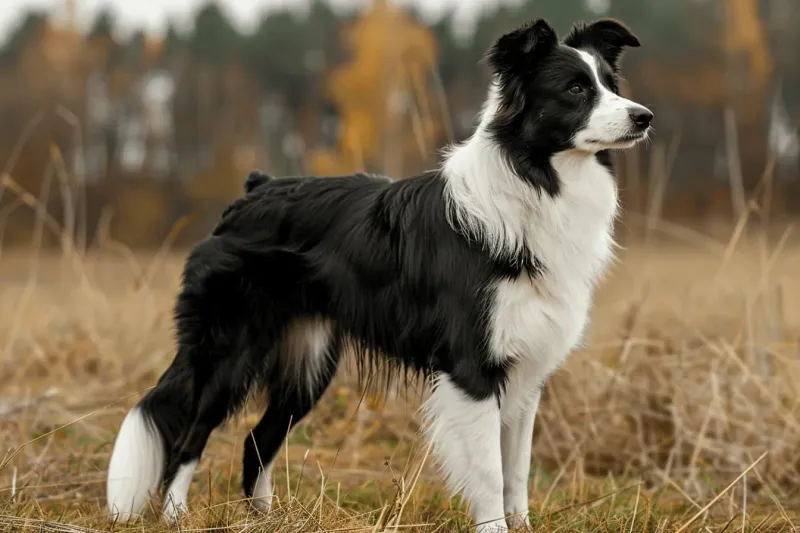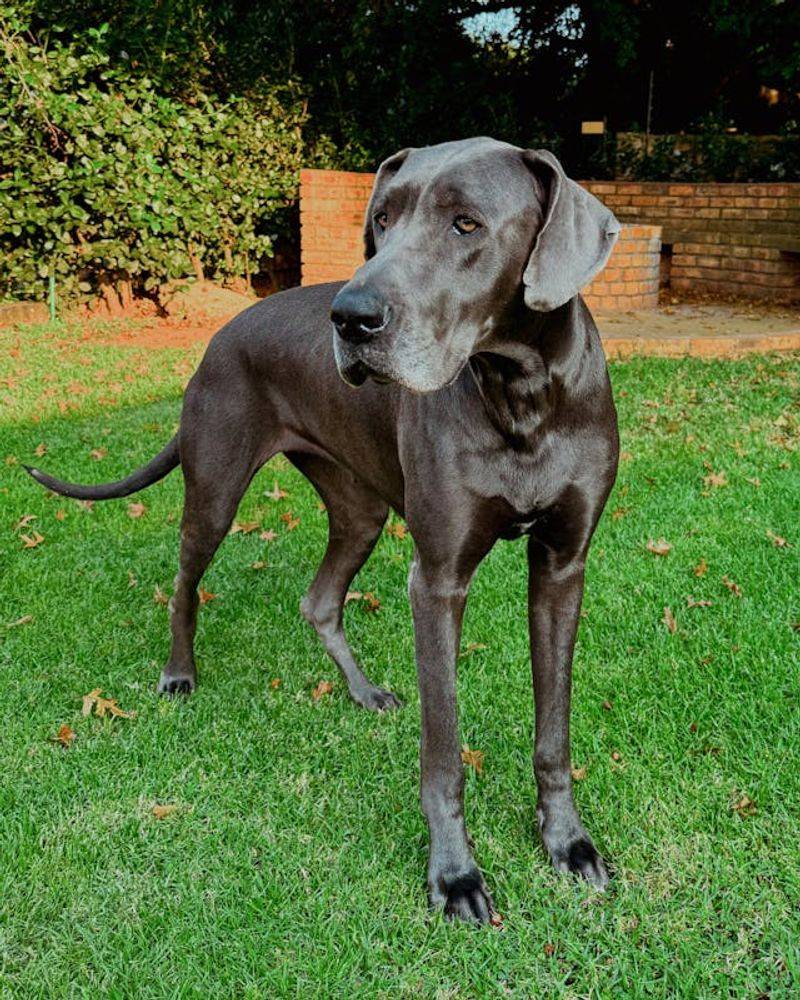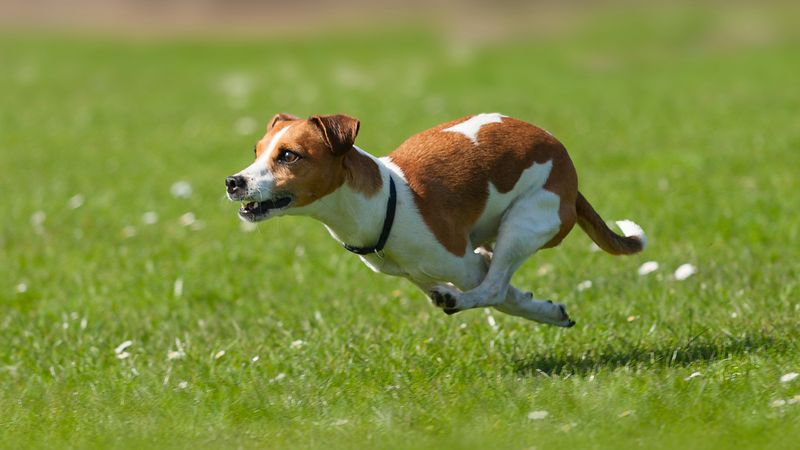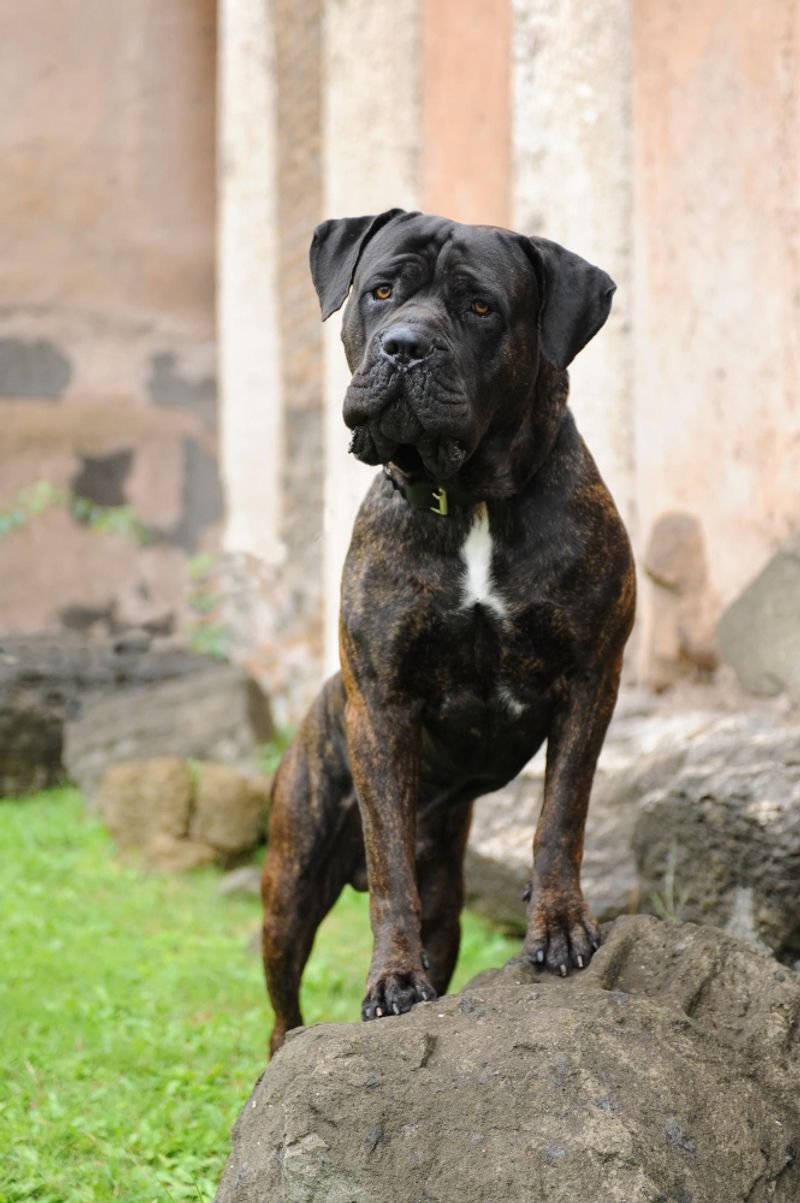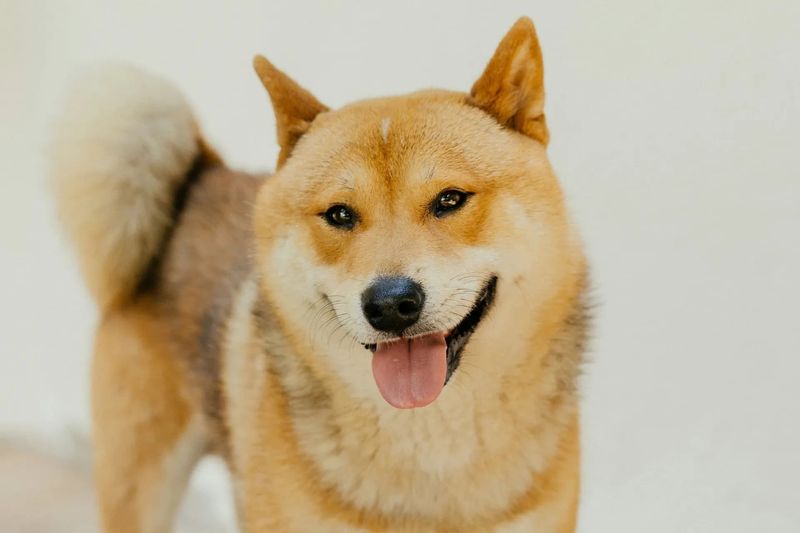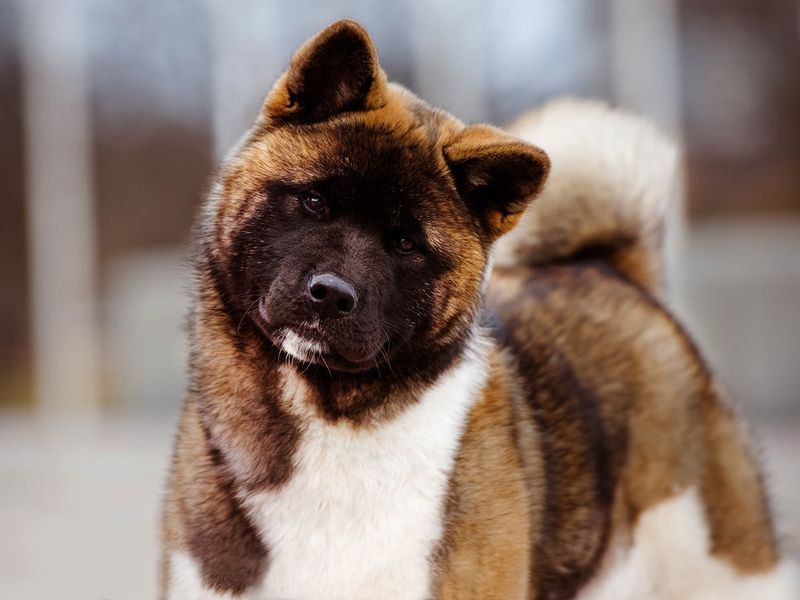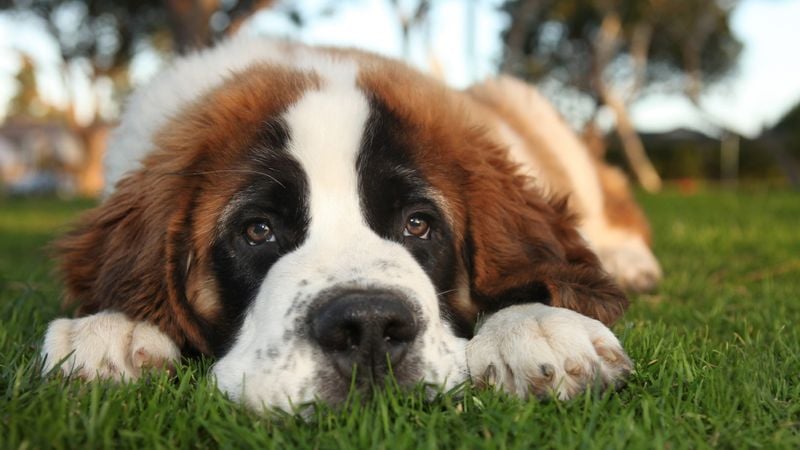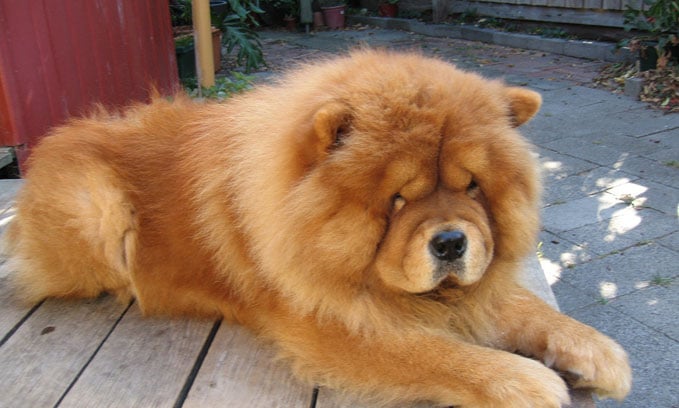15 Popular Dog Breeds I’d Pass On (And the Real Reasons Why)
Ever wondered which popular dog breeds might not be the best match for your lifestyle? You’re not alone. With their fluffy coats, soulful eyes, and viral Instagram presence, it’s easy to fall in love with a breed based on looks alone. But behind those charming exteriors, some dogs come with very real challenges—high-maintenance grooming, boundless energy, health issues, or temperament quirks that don’t suit every home.
As someone who’s spent years around a wide range of breeds—through volunteering, fostering, and just being a lifelong dog enthusiast—I’ve learned that not every pup fits into every household. Some breeds demand more time, experience, space, or patience than the average owner might expect. And while every dog deserves love and a good home, not every dog is the right fit for my lifestyle—or maybe yours.
This list isn’t about shaming any breed (I love all dogs, truly!), but rather about acknowledging that some are better suited for experienced handlers, wide-open spaces, or people who live for constant activity and training.
So, before you fall for those big puppy eyes, take a minute to consider this list. Here are 15 dog breeds I personally would skip—and the reasons why they might not be the best choice for every potential pet parent.
1. Afghan Hound: Beautiful but High-Maintenance
Those flowing locks might look glamorous on Instagram, but Afghan Hounds require professional-level grooming commitments. Their silky coat needs daily brushing and regular professional grooming sessions that quickly add up in cost and time.
Beyond their demanding beauty routine, these independent-minded dogs can be surprisingly stubborn. Training often feels like negotiating with a teenager who has better things to do than listen to your commands.
While undeniably elegant, their aloof personality means they’re not the affectionate cuddle buddies many dog owners crave. These aristocratic pups prefer admiration from a distance rather than snuggling on the couch.
2. Chow Chow: The Fluffy Fortress of Solitude
Behind that adorable teddy bear face lies a seriously independent personality. Chow Chows typically bond strongly with one person while remaining suspicious of everyone else, making social gatherings potentially stressful.
Their thick double coat becomes a fur-explosion during shedding season, coating everything you own in a layer of fluff. And those cute wrinkles? They require regular cleaning to prevent skin infections and unpleasant odors.
Many Chow owners discover too late that these dogs aren’t naturally inclined toward obedience. Their stubborn streak makes training a genuine challenge that requires consistency and patience few first-time owners possess.
3. Dalmatian: Not Just a Disney Dog
Dalmatians skyrocketed in popularity after “101 Dalmatians,” but these high-energy dogs need far more exercise than most families can provide. Without proper outlets, their boundless energy transforms into destructive behaviors that can wreck your home.
Many Dalmatians have genetic predispositions to deafness and urinary stones, making vet bills a significant consideration. Their short coat might seem low-maintenance, but they shed constantly, leaving white hairs embedded in every fabric surface.
Their strong-willed personality requires firm, consistent training from puppyhood. Skip this crucial step, and you’ll end up with a stubborn, difficult-to-manage adult dog who makes his own rules.
4. Basenji: The Barkless Troublemaker
Don’t let the “barkless” reputation fool you – Basenjis make plenty of other noises, including distinctive yodels and howls that can startle unprepared neighbors. These clever escape artists can scale fences and slip through tiny openings with impressive determination.
Fiercely independent, Basenjis approach training as optional rather than required. They’re notorious for selective hearing, responding to commands only when they align with their own agenda.
Their hunting instinct remains incredibly strong, making them unreliable around smaller pets. Even well-socialized Basenjis might suddenly decide your cat looks like prey, creating household tension that’s difficult to manage.
5. Shar Pei: Wrinkled Worries
Those adorable wrinkles come with a steep price tag in potential health issues. Shar Peis frequently develop skin infections within their folds, requiring diligent cleaning and sometimes expensive treatments.
Bred as guard dogs, many Shar Peis remain naturally suspicious of strangers and other animals. This protective instinct can evolve into aggression without proper socialization and training from an experienced owner.
Their stubborn streak rivals that of a toddler refusing bedtime. Training requires extraordinary patience and consistency, as these dogs have a remarkable ability to ignore commands they find inconvenient or boring.
6. Border Collie: Too Smart for Suburban Life
Imagine having the world’s smartest toddler who never grows up or slows down – that’s life with a Border Collie. These working dogs possess intelligence that quickly turns destructive without constant mental challenges and physical exercise.
Their herding instinct remains powerfully intact, leading them to chase and nip at running children, cyclists, and cars. Many Border Collies develop neurotic behaviors like shadow-chasing or obsessive ball play when their working needs aren’t met.
Despite their trainability, these dogs require an owner who can provide a job or sport. Without purpose, their remarkable brainpower becomes your worst nightmare as they invent creative ways to entertain themselves.
7. Great Dane: Gentle Giant with Giant Expenses
Feeding a dog that can reach 175 pounds requires a grocery budget that might shock unprepared owners. Everything costs more with Great Danes – from larger beds and crates to specialized large-breed food formulas designed to support their massive frames.
Their size creates practical challenges in everyday life. Many Great Danes can easily counter-surf, reaching items you thought were safely stored away. And those powerful tails? They clear coffee tables with one enthusiastic wag.
Most heartbreaking is their tragically short lifespan, typically just 7-10 years. Many develop heart conditions, bloat, and joint problems, making those few years together potentially filled with expensive veterinary interventions.
8. Jack Russell Terrier: Tiny Dog, Massive Energy
Pound for pound, Jack Russells might be the most energetic dogs on the planet. These small dynamos were bred to hunt tirelessly all day, and they bring that same intensity to modern homes where their energy quickly overwhelms unprepared owners.
Their prey drive remains off-the-charts, making them challenging to manage around smaller pets. Many Jack Russells can’t resist chasing squirrels, cats, or even small dogs with hunter-like determination.
Underneath that cute exterior lies a seriously stubborn personality. These intelligent dogs quickly learn which rules they can bend or break, testing boundaries constantly and requiring consistent training that never really ends.
9. Cane Corso: Power That Demands Respect
Few dogs command attention like the imposing Cane Corso, but their powerful physique requires equally strong leadership. Without proper training, their protective instincts can become problematic, especially around strangers or in public settings.
Their guarding heritage remains deeply ingrained, making early and ongoing socialization absolutely critical. Many homeowner’s insurance policies specifically exclude this breed, creating additional hurdles for potential owners.
Drool becomes a significant part of your life with these mastiff-type dogs. Prepare for slime trails on walls, furniture, and clothing – especially after drinking water or anticipating meals.
10. Old English Sheepdog: The Walking Mop
That iconic shaggy coat requires professional-level grooming skills or regular expensive appointments to prevent painful matting. Without consistent maintenance, these dogs quickly develop skin issues hidden beneath their thick fur.
Bred as herding dogs, Old English Sheepdogs retain their working energy and intelligence. They need substantial exercise and mental stimulation to prevent boredom-induced behaviors like excessive barking or destructive chewing.
Their size combined with playful bounciness makes them challenging in smaller homes. Many Old English Sheepdogs remain puppy-like well into adulthood, knocking over furniture and people with their enthusiastic greetings.
11. Beagle: The Nose That Never Rests
Those adorable floppy ears hide a stubborn streak that can frustrate even experienced dog owners. Beagles follow their nose above all else, making reliable recall nearly impossible when they’ve caught an interesting scent.
Their vocal nature goes beyond occasional barking – many Beagles howl, bay, and whine with impressive volume and persistence. Apartment dwellers quickly discover that these hunting hounds don’t make quiet neighbors.
Food obsession reaches comical levels with most Beagles, leading to counter-surfing, garbage raiding, and potential weight issues. Their clever problem-solving skills are typically dedicated to figuring out how to reach that forbidden sandwich rather than learning new tricks.
12. Shiba Inu: The Cat-Dog with Attitude
Famous for their fox-like appearance and internet memes, Shibas bring cat-like independence to the dog world. They often decide when (and if) they want attention, making them frustrating for owners seeking an affectionate companion.
Their cleanliness seems advantageous until you discover their notorious shedding seasons. Twice yearly, Shibas “blow their coat,” releasing fur in quantities that seem impossible from a medium-sized dog.
Strong prey drive and territorial instincts make dog park visits potentially problematic. Many Shibas never become reliably off-leash safe, as their independent nature means they might simply choose not to return when called.
13. Akita: Loyal but Challenging Guardian
Akitas display impressive loyalty to their families while remaining naturally suspicious of outsiders. This protective instinct requires careful management through extensive socialization to prevent defensive aggression toward guests or strangers.
Their powerful hunting heritage makes them potentially dangerous around smaller pets. Many Akitas never become reliable with cats or small dogs, regardless of how they were raised.
Silent and stoic by nature, these dogs rarely give warning before reacting to perceived threats. This reserved temperament means owners must become experts at reading subtle body language cues that might indicate discomfort or stress.
14. Saint Bernard: Gentle Giants with Messy Tendencies
Saint Bernards bring slobber to championship levels, covering walls, ceilings, and furniture with impressive drool trajectories. After drinking water, these gentle giants distribute moisture throughout your home with each head shake.
Their massive size means everything costs more – from food to medications to boarding fees. Many standard dog accessories simply don’t come in Saint Bernard size, requiring specialized (and expensive) equipment.
Despite their generally laid-back temperament, their sheer mass creates household challenges. Many Saint Bernards accidentally knock over children or elderly family members simply by turning around in tight spaces.
15. Bulldog: Adorable but Health-Challenged
Those adorable wrinkled faces and stocky bodies come with serious breathing difficulties. Many Bulldogs struggle with basic activities like walking in warm weather or climbing stairs due to their brachycephalic (flat-faced) structure.
Skin fold infections require regular cleaning and maintenance, adding to their already high care requirements. Their distinctive snoring reaches decibel levels that can disturb light sleepers across the house.
Veterinary costs often shock unprepared Bulldog owners, as the breed commonly experiences joint problems, heart issues, and respiratory emergencies. Many require specialized surgery just to breathe normally, making insurance essential for managing their ongoing health needs.

